What if a bat flew into an apartment?

What if a bat flew into an apartment? Why do they fly in at night, and how to catch them in order to drive them out without harming either the animals or themselves? Let's figure out how you can find a flying animal during the day, how to understand when a mouse invades where it hid.
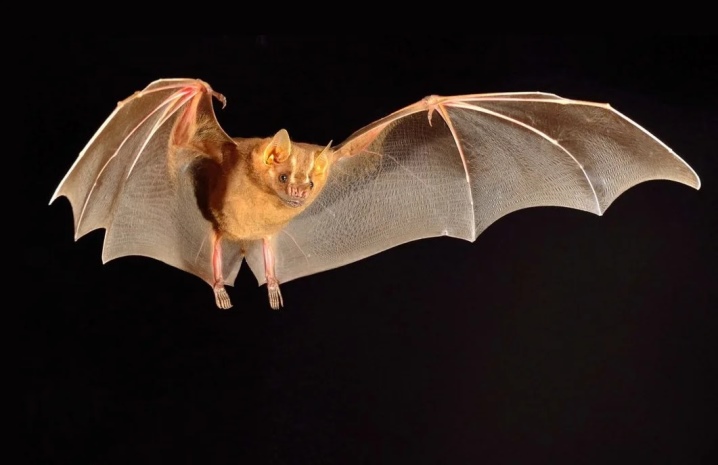
Why do bats fly into the house?
Normally, a bat can live not only in caves, as is often thought. It is also found in forests, including vast glades. Therefore, the situation "a bat flew into the apartment" occurs more often than one might think. Even zoologists cannot yet answer what exactly attracts representatives of the order of bats in human dwellings. However, direct observations show that this happens more often from July to December than in the first half of the year.
It has been established that winged creatures do not deliberately seek to enter any house. They find themselves there mostly by accident, and for them such situations can be no less stressful than for people who have noticed the "monster".

Apparently, such invasions are associated with seasonal migration, with the search for any place where you can hide from bad weather and other dangers. It is also likely that the animal is simply lost or has lost its bearings and cannot return to its former habitual place. Finally, sometimes their shelters are lost due to forest fires, other incidents, just human activity.
Houses, especially multi-storey ones, can be confused by the winged creature with some kind of rocks. Naturally, in them it seeks to find a refuge for itself. True, it is temporary, because there can be no natural food for a bat in a dwelling. So it makes no sense to search for specific reasons for the "invasion". Let the theoreticians do it; for the tenants themselves, it is more important to deal with the problem that has arisen.
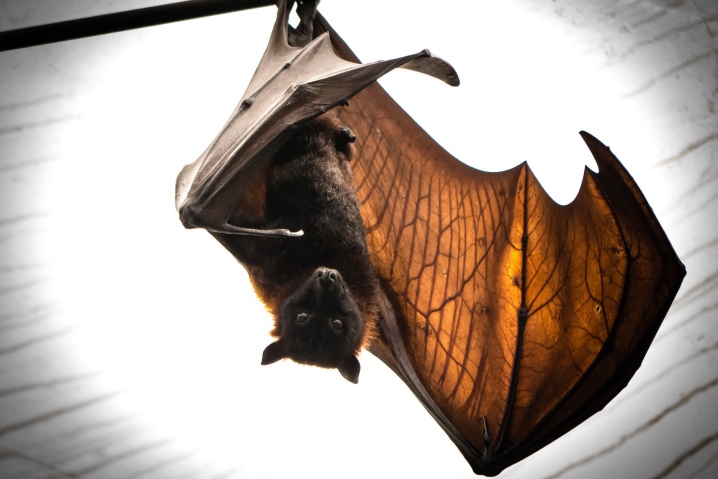
How to find where she hid?
As already mentioned, bats in human habitation seek to find a usually impromptu refuge for a while. And, of course, therefore, you need to start solving the problem by inspecting those places where an uninvited guest may be hiding. Important: this must be done during the day. At night, and even if artificial lights are on everywhere, the winged animal usually sleeps. It takes refuge where electric lamps usually do not "reach", and one does not really have to rely on their help. Trying to lure out the bats in any way is useless; such methods simply do not exist.
You will only have to step by step, methodically inspect all the places suitable for his shelter. Often it turns out:
-
all kinds of boxes, bags, buckets and other containers;
-
curtains (especially on the back);
-
blind corners, nooks;
-
pantries;
-
basements, attics;
-
cabinet furniture (it is especially convenient for a bat to cling to products made of fibrous plates and similar materials);
-
indoor plants (the larger they are, the more branches, the better);
-
outerwear;
-
various interior items.
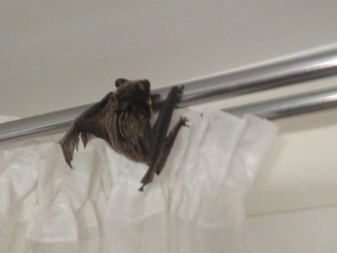
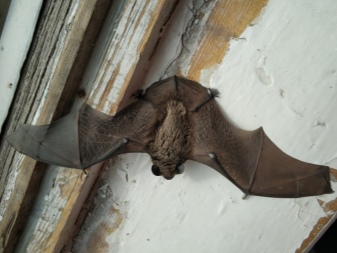
You should immediately tune in to the fact that in the first 10-15 minutes it will not work to find a "traveler". They are surprisingly resourceful in finding places to hide, and sometimes searches take a long time. The bat often tries to be on a dark surface, because it is more noticeable in light places. This technique is biologically determined by the desire to remain unnoticed by natural enemies.
Sometimes you have to move furniture and large-sized household appliances, but there is no other way.
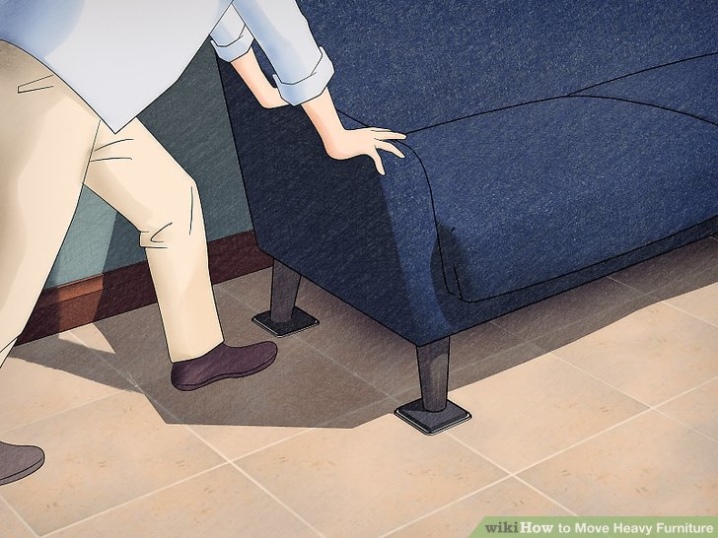
How to catch an animal?
What do you need?
This question is by no means an idle one. The risk to the people themselves, although insignificant, is present. There is no particular fear of rabies, because, in fact, an insignificant percentage of bats are infected with it. True, their bites are still not the most pleasant thing, but in most cases the most serious danger is it is a zoonotic infection. In general, the bites themselves are mainly associated with self-defense, that is, you cannot let the mouse understand that something is threatening it.
There is also no need to fear direct transmission of the notorious coronavirus. All experts already agree that it is not directly possible, and that there must be some kind of intermediary organism between a person and a bat. But there is still a risk of being hit by several dozen other infections. It is useful before catching a bat, if only possible, to remove from the home those who are not engaged in the search, as well as pets. A fearful creature can be badly hurt if a whole crowd starts chasing after it, and even barking or meowing will be heard.
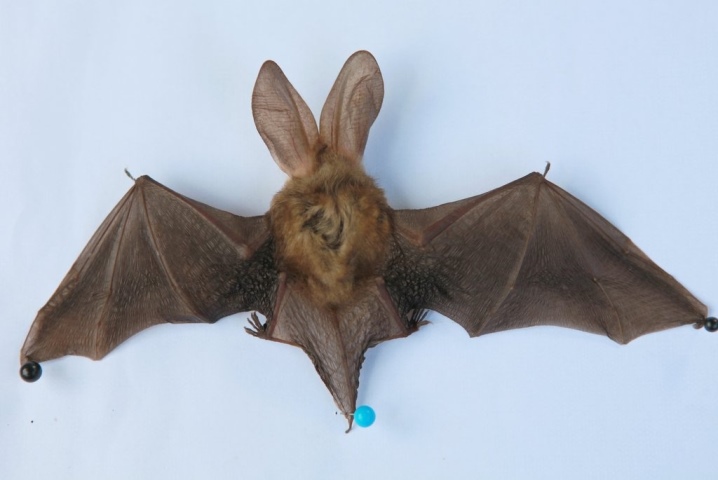
Once the location of the bat is determined, it usually takes about a quarter of an hour to capture it. Given the risk of bites and infection, you need to take care of the means of protection. These are clothes that completely or as much as possible cover the skin:
-
tight pants or jeans;
-
long-sleeved shirts (good if they can be buttoned up);
-
boots or boots;
-
thick leggings made of leather or other durable material.
In some cases, gloves or mittens are not provided, although, in theory, they are needed in any home. Then they take twisted shirts and other similar things to protect the palms and wrists. For your information, although the bat does not have an impressive bite force, you should not rely on cotton or other thin fabrics.
It is also undesirable to use terry towels: bats' claws are often entangled in them, which not only complicates getting rid of them, but can also be perceived as an attack.

How to grab correctly?
The most important thing is not to try to catch the bat as soon as it flew in. During this time, the animal is usually in a state of severe stress. It is advisable to immediately close the doors to prevent chaotic movement around the rooms. After some time, the "tourist" gets tired and sits down somewhere. While she is flying, trapping is useless, and attempts to grab will only increase the shock.
Buckets, basins and other objects that can be used to cover a bat are usually used as traps. It is advisable to give preference to plastic containers - the metal will rattle and scare. Extensive containers are needed because otherwise the animal could be injured. Place under the upper edge:
-
plywood;
-
cardboard;
-
dense log;
-
a small tablet.
Next, the bucket or basin is turned over. In the absence of a suitable container (if there are strong gloves), the animal is caught by hand. You can approach the bat with careful steps, without haste. The body is closed with palms. The head should remain open so as not to provoke aggression.
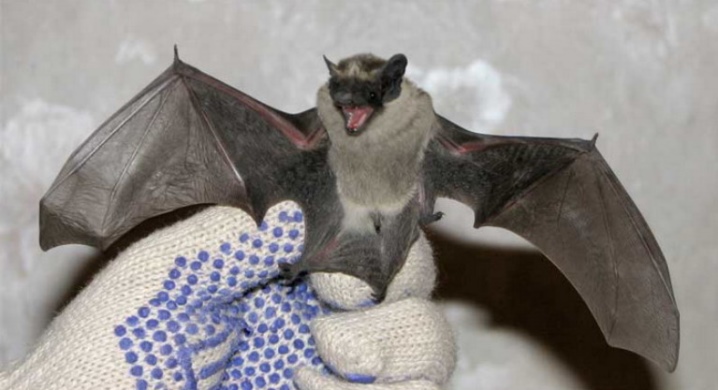
What to do next?
Getting rid of a bat that has flown into your home is easy. When she is caught, the container is carefully taken out of the dwelling. Near any large tree, after removing the lid, you need to tilt the bucket or basin. They are raised to about the level of human growth, because bats are not used to taking off from the ground. And if everything is done correctly, they will move to a tree and then begin to move in their natural environment as usual.
Sometimes an animal that has flown in at night can be driven away without special trapping. The approach is this:
-
turn off the electric light, extinguish the candles;
-
lock the doors tightly;
-
open the door to the balcony, windows;
-
pull the curtains so that the mammal does not get stuck in them;
-
leave the room and sit there as quietly as possible;
-
usually in 30 minutes, the bat will leave the house;
-
in a more difficult situation, it flies away in 1-2 hours.
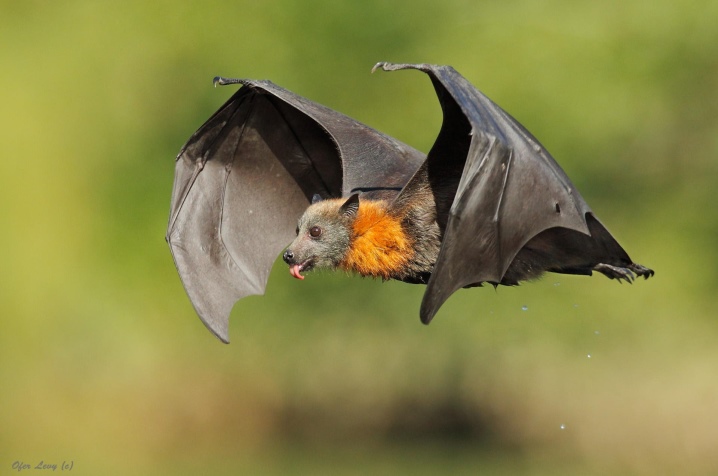
An alternative solution is to use an ordinary box. The outer edge of the box is covered with a cloth. The animal can hold on to it until it is taken outside to a safe place. The lid is closed and glued with tape to prevent escape. There should be a container with water inside the box; sometimes, instead, the bat is simply fed in advance from a syringe without a needle.
In such a container, the animal is kept until the onset of the warm season. It must be kept at a temperature of 3-5 degrees. It is better to put the box not in the refrigerator, but in the basement, if possible. The animal should be disturbed as rarely as possible. He will need vital energy to hold out until spring.
The bat is afraid of smoke. You can use both smoke bombs and smokers used by beekeepers. Smoke treatment helps to get rid of uninvited guests, even if they choose the attic or basement.
Curiously, bats are afraid of water. Its jets and usual spraying help to drive animals away even from the places where they decide to settle.


On the balcony, insect sprays, which are enough to apply once, help scare off bats. Apparently, naphthalene also works well. It is placed in a pouch and kept in a dry corner.
If the animal has flown through the cracks, they must be covered with fiberglass. Mosquito nets are hung on the windows - usually this protection is enough so that bats no longer appear in the apartment.
Important: you should not kill bats. In most regions of Russia, they are included in the Red Book. In addition, these are really useful animals that significantly thin out the population of dangerous insects that harm humans and plants.

To scare them away from home will help:
-
pharmacy chamomile;
-
peppermint;
-
tansy;
-
wild rosemary;
-
sagebrush;
-
loud sounds (hard rock, bells, weathercocks, "wind chime");
-
bright light.
But sometimes improvised methods of catching and removing do not work. In this case, it remains only to call a professional team. They know exactly how to drive out the beast and return it to its usual habitat in a short time. These services are relatively inexpensive. Professionals have special chemicals at their disposal to improve their work efficiency.














The comment was sent successfully.